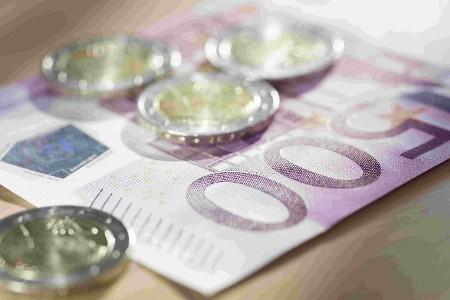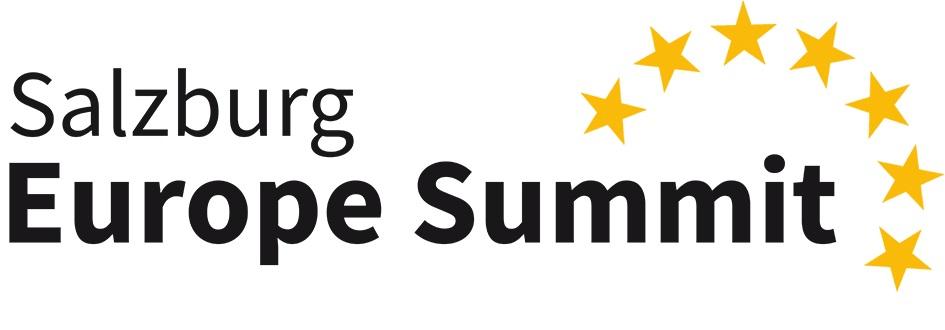According to Bank Austria, The Austrian industrial sector had a challenging start to the third quarter. In July, the UniCredit Bank Austria Purchasing Managers' Index dropped to 38.8 points, falling even further below the growth threshold of 50 points. This represents the lowest figure recorded since April 2020.
The significant decline in new orders led to a considerable reduction in production in Austria during July, with accelerated staff cutbacks. A smaller quantity of purchases helped alleviate supply problems and expedited the reduction of purchase stocks. In contrast, weak demand led to an increase in stocks of finished goods, causing lower prices to be reflected more quickly in output prices.
The economic activity, as measured by the weekly GDP Indicator (Weekly WIFO Economic Index), declined by 0.6 percent compared to the previous year in July and by 0.7 percent in the first half of August.
Based on the publication “Österreich Aktuell” by Bank Austria there has been only a minor deterioration in the labor market situation so far despite the economic downturn. In July 2023, the seasonally adjusted unemployment rate was 6.5 percent.
Due to the elimination of supply chain issues, stagnant demand, and the gradual decrease in household energy costs, the inflation rate is expected to decline to 7.5% on average in 2023 according the IHS economic forecast. According to Bank Austria, inflation fell to 7.0 percent in July 2023. However, the high pace is likely to slow down in the coming months. Overall, inflation is expected to moderate to below 5 percent by the end of the year.




